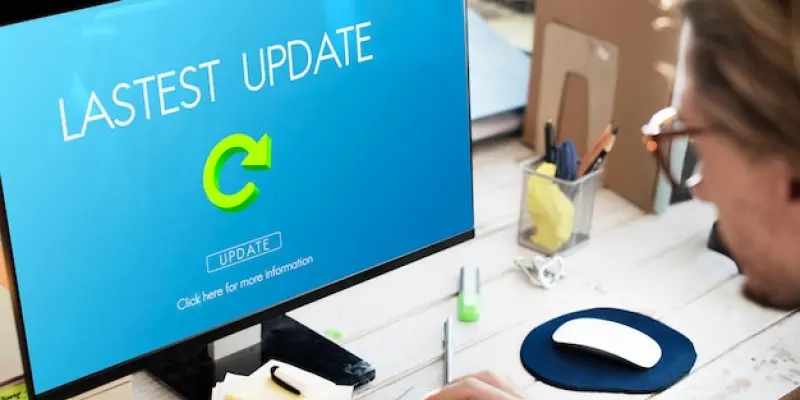With the inevitable sunset of Windows 10’s lifecycle approaching fast, users are facing a wave of challenges due to one of the final updates released by Microsoft. The KB5058379 update was introduced with the intention of bolstering security and stabilizing the operating system but has instead resulted in widespread havoc. With the company having announced its plans to cease most updates by the end of October, the implications of such disruptive updates become even more crucial. As many users have started grappling with unexpected system behavior, the potential risks associated with the patch have raised considerable concerns. Despite efforts to enhance user experience, the unforeseen consequences of this update have led to an uproar among users and industry experts alike.
BitLocker Recovery Triggers Serious Concerns
The recent update has introduced a new set of challenges by causing BitLocker recovery prompts to appear across various systems. This has triggered significant debate, especially as users who rely on encrypted drives are suddenly faced with recovery screens. Notably, Microsoft has yet to publicly recognize this predicament within its release notes, which only adds to the frustrations of affected users. The issue is predominantly targeting devices from manufacturers such as Dell, HP, and Lenovo, though the exact underlying reason for this remains unclear. Various online forums have seen a surge in discussions as users report similar recovery screen occurrences following the installation of the problematic update. Microsoft employees have responded within different digital communities, admitting the problems associated with the patch. Though there is no official statement on the official support pages, workaround solutions have been quickly disseminated to help users bypass these recovery prompts. One of the primary suggestions involves disabling Secure Boot to navigate past the barriers presented by these recovery screens. For those encountering continued issues, disabling virtualization technologies within the system’s BIOS settings has emerged as a somewhat effective measure. Users are cautioned, however, as this workaround might necessitate the input of their BitLocker recovery key, a key piece of information that users must ensure is readily accessible.
Efforts Toward Problem Resolution
To address ongoing concerns, Microsoft has provided additional guidance aimed at ensuring BitLocker functionalities remain intact on affected systems. Users are encouraged to delve into the BIOS settings of their devices, where a suite of adjustments can potentially rectify these issues. Disabling Intel’s VT-d and VT-x virtualization features, among others, has shown promising results in alleviating some of the challenges brought about by the patch. Complementing these hardware adjustments, Microsoft recommends checking the status of Microsoft Defender System Guard Firmware Protection to further safeguard against unexpected system behavior.
Two methods have been suggested to verify if firmware protection is enabled: the registry method and the graphical user interface method. For the more technically inclined, the registry method involves navigating specific keys to confirm the status of the protection features. Conversely, for those preferring a more intuitive approach, the GUI method allows users to access Windows Security settings directly. These steps, while somewhat technical, help ensure that potential disruptions are kept to a minimum. Critical to note is that adjustments, such as disabling firmware protection via Group Policy, require a system restart for changes to take effect.
Looking Ahead: As Windows 10 Era Closes
As Windows 10 nears the conclusion of its lifecycle, users are encountering significant challenges stemming from one of Microsoft’s latest updates. The KB5058379 update was designed to enhance security and stabilize the operating system, yet it has inadvertently caused widespread chaos. Microsoft has announced plans to halt most updates by the end of October, making the repercussions of disruptive updates even more critical. Many users are experiencing unforeseen system behavior due to the patch, sparking considerable concern over the potential risks it poses. Despite intentions to improve user experience, the unexpected side effects have generated an outcry among users and industry experts alike. As users navigate these issues, questions arise about Microsoft’s approach towards its products as they transition to newer versions. This scenario underscores the importance of careful planning and execution in technological advancement, highlighting potential gaps between intended improvements and real-world impacts.

